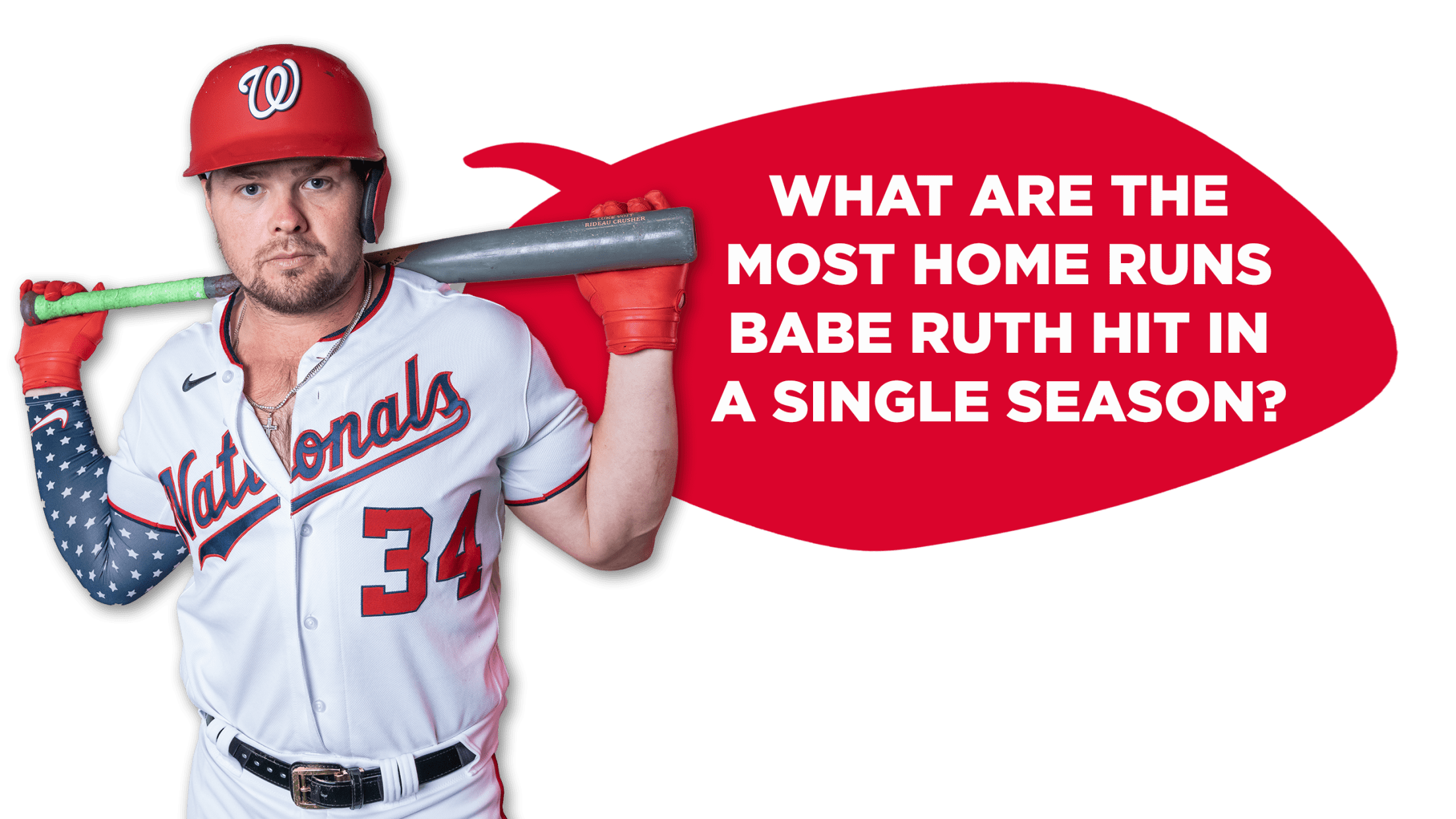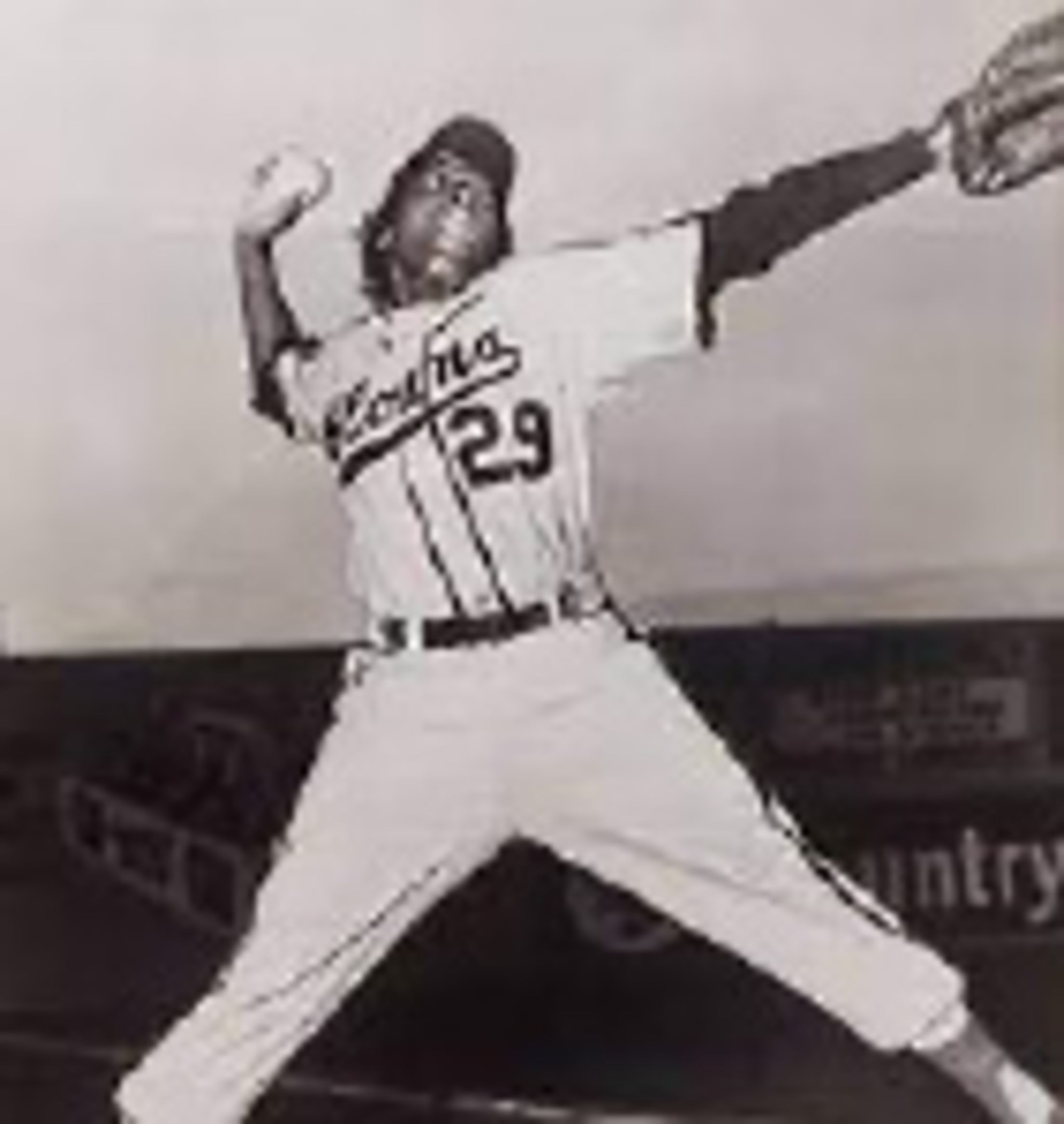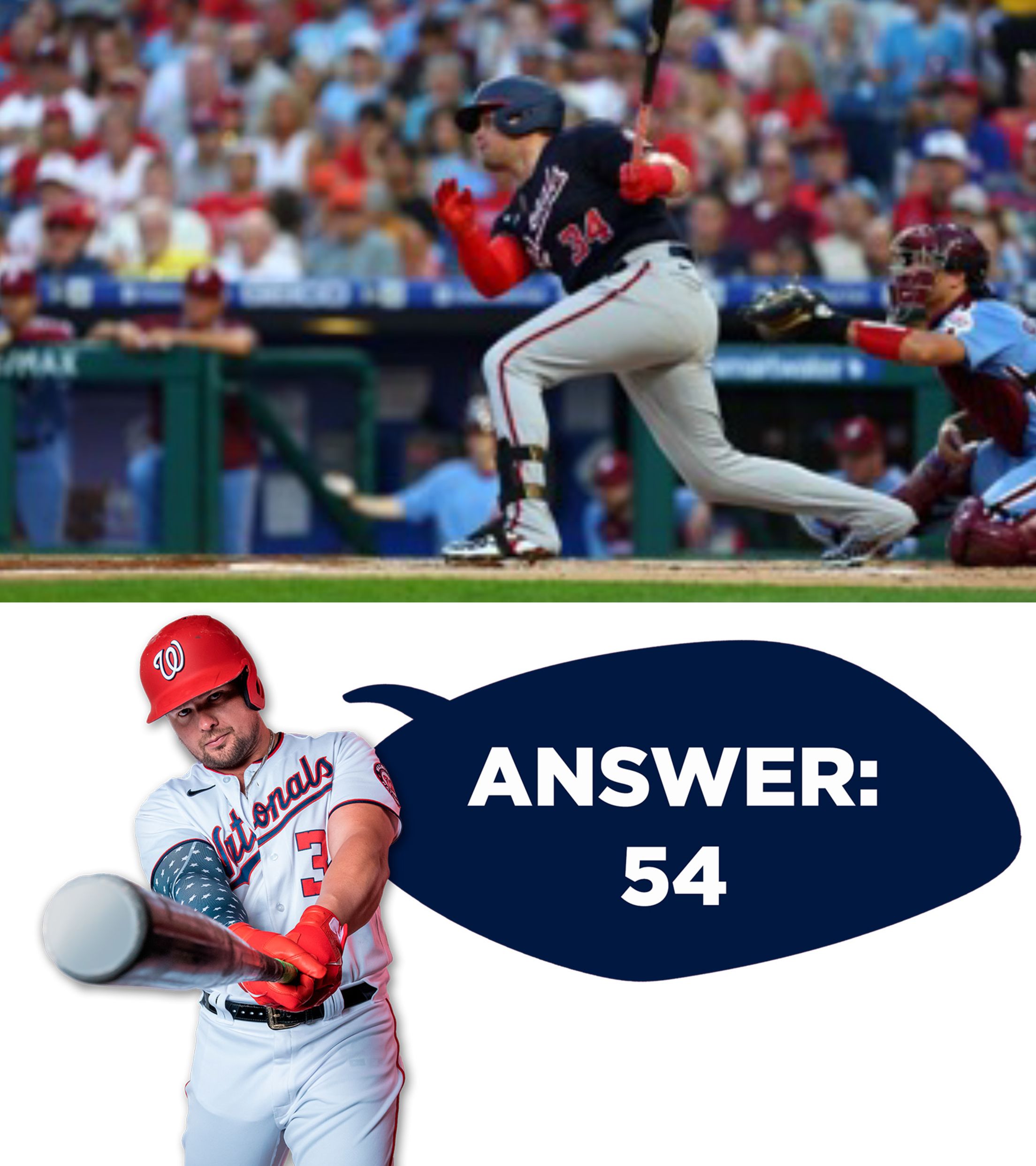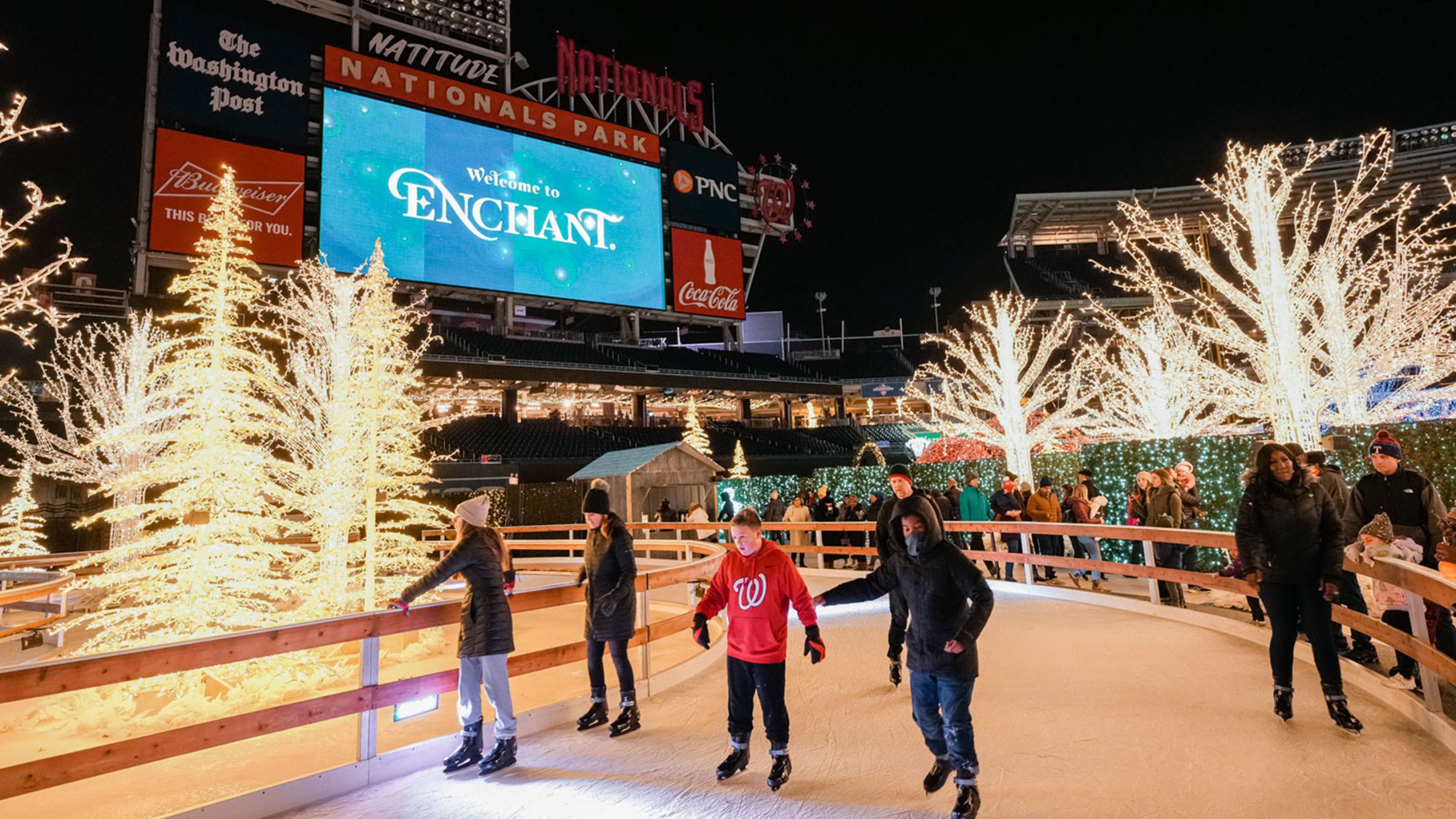Touch Base is a newsletter for all the players and families playing baseball or softball in one of the Washington Nationals Team UP leagues. Each month we share interesting baseball stories, spotlight a Nationals player, highlight a Team UP player or league, and offer tips.
Touch Base Newsletter
November Edition


With the end of the fall and the holiday season just around the corner, it is not a very active time for baseball. However, the offseason is still an important baseball season. It provides time to set goals and work on improving your skills before spring ball. The key to making the most of the offseason is finding fun ways to be active, work out and practice baseball skills.
If you haven’t already, please sign up at nationals.com/TeamUPStayInTouch to receive the Team UP Touch Base newsletter and other youth baseball information directly from the Nationals. Finally, please let us know what you want to read about in Team UP Touch Base by emailing Sade Means at [email protected].
Negro League Baseball - The History Behind the Negro League’s Greatest Nicknames

For as long as people have come together in groups, there have been group nicknames. Nicknames are an additional description given instead of or in addition to the proper name of an individual or group. Having a nickname is a clear sign of belonging, of being part of something. Sometimes bullies and people being mean call people a bad nicknames trying to bring people down, but, most of the time a nickname is a sign of respect and acceptance.
Not all nicknames are created equal. Calling someone with the last name Jones "Jonesy" or shortening something like Tom McArthur to "T-Mac" is technically giving someone a nickname, but it is not creative. A good nickname does more than use a person’s name; it makes an effort to fit the person and the person’s personality.
The Negro National League players were exceptional at nicknames. Back in the early 1900s, players in the Negro leagues gave their teammates nicknames that are still some of the best of all time. Here are some favorites.
James "Cool Papa" Bell
By all accounts, Bell was the fastest player anyone ever saw on a baseball field. He said he would advance two or three bases on bunts and steal multiple bases on a single pitch. Even though the story that he was so fast that he could turn off the light switch in his bedroom and be in bed before the lights went out is probably not true, his actual achievements as a baserunner are just as impressive.
In his younger days, Bell was a left-handed pitcher with a funky mix of pitches, including a curveball, knuckleball, and screwball. As a 19-year-old, after he struck out Hall of Fame slugger Oscar Charleston in a clutch situation, his manager observed how "cool" he was under pressure. That manager then added "papa" to the nickname so it would sound better.

George "Chippy" Britt, A.K.A. "Public Enemy Number One"
Britt was not very good with names. He earned his first nickname, "Chippy" simply because that is what he called everyone else. He did have a second, fantastic handle, and how he earned it is legendary.
Chippy was something of a hothead on the field. Along with Oscar Charleston, Jud Wilson, and Vic Harris, he was one of the "four big bad men" of black baseball. After giving up three walks in an inning, he was kicked out of a game because he threw a ball at the umpire. During one game in Mexico City, he challenged some spectators -- who turned out to be a troop of armed rebels -- to come down to the field and fight. This incident earned him the nickname "Public Enemy Number One."

Arthur "Rats" Henderson
There are a couple of different stories that tell the tale of how Henderson came to be called "Rats." The general point of them all is the same. Henderson was working at a glass factory as a teenager when his co-workers decided to play a practical joke on him. They hid a few rats in his lunchbox. Of course, when he went to eat his lunch, the rats jumped out, gave him a scare, and probably ruined his meal.
To make matters even worse, Henderson had to relive this moment for the rest of his life as the nickname followed him throughout his career.

Mamie "Peanut" Johnson
(Lived in DC from the late 1940s until her death in 2017)
Johnson was one of three women to play in the Negro Leagues, and she was much smaller than many of her opponents, standing a mere 5 feet, 3 inches tall. Nevertheless, she owned an impressive fastball that would blow by hitters. After throwing one of her fastballs by Hank Baylis, he stepped out of the box and noted that Johnson wasn't "any larger than a peanut" and, therefore, couldn't hope to strike out any male batters. Johnson struck out Baylis, and his failed insult became her nickname.

Nationals Player Spotlight

Luke Voit
Born: 02/13/91 (St. Louis, MO)
Position: First Baseman and Designated Hitter
Drafted: 2013, St. Louis Cardinals, 22nd round
MLB Debut: June 25, 2017 (Cardinals)
Favorite Food: Steak
Favorite Color: Black
Favorite Hobby: Golf
Family: Wife, Tori, and daughter, Kennedy
Pets: Dog, a Black Labrador mix named Lola
Advice for Youth Players: Hard work always pays off
STEM Education - Slugging Percentage (SLG)

Most baseball fans have heard of slugging percentage. Slugging percentage (SLG) is one statistic used to describe how well a hitter is hitting, specifically for power. Slugging percentage measures the total number of bases a batter records per at-bat.
This statistic differs from batting average because the slugging percentage assigns a different weight to specific hits. A home run is given a higher value than a single. With batting average, all hits, regardless of what kind, are treated equally.
Slugging percentage is a statistic that measures how skilled a player is at getting extra-base hits: doubles, triples, and home runs. Slugging percentage represents the number of bases earned in each at-bat. It is calculated by taking the number of total bases and dividing that by the number of at-bats.
SLG = Total Bases/At-Bats
Single = 1 base; Double = 2 bases; Triple = 3 bases; Home Run = 4 bases
Baseball legend and Hall of Famer Babe Ruth was one of the game’s best sluggers. In 1920, he had 172 hits: 73 singles, 36 doubles, nine triples, and 54 home runs in 458 at-bats.
Here is the slugging percentage calculation:
- (73×1) + (36×2) + (9×3) + (54×4) = 388.
- 388/458= .847
Ruth’s .847 slugging percentage in 1920 ranks as the second highest in the history of Major league Baseball.
Off-Season at Nationals Park - Not Just for Baseball

Nationals Park is more than just a baseball stadium; it is also a community resource for Washington, D.C., and the surrounding region. Since its completion in 2008, Nationals Park is one of the most sought-after venues for a variety of outdoor events.
Enchant is the World's Largest Christmas Light Spectacular and it will be at Nationals Park from Friday, November 25, through Sunday, January 1. This event is a great place to explore a magical land where the holidays comes to life.
The experience includes a light maze created from more than four million lights, a spectacular 100-foot tall Christmas tree, holiday shopping marketplace, an ice skating trail right on the Nationals Park field, live music and Santa visits. It is a festive adventure that families will always remember.